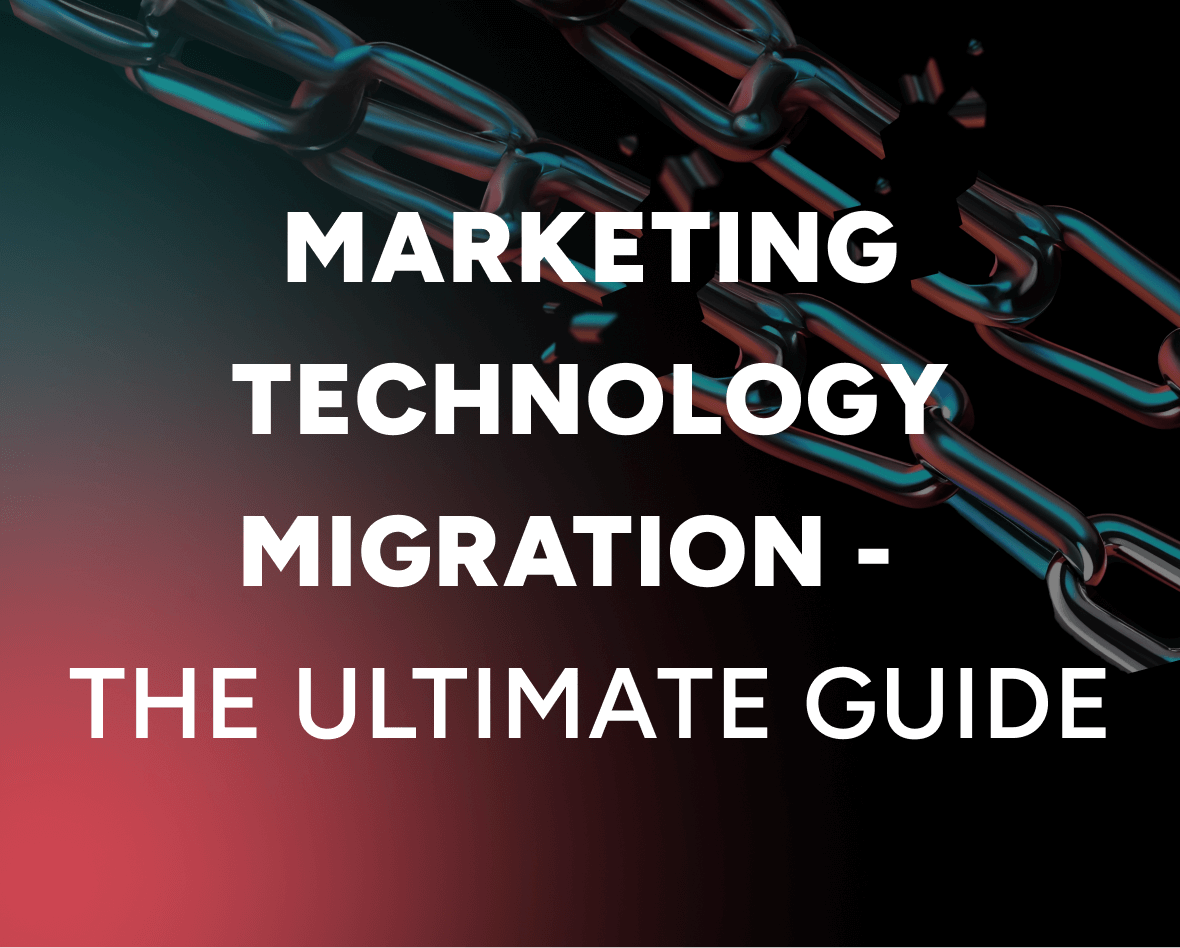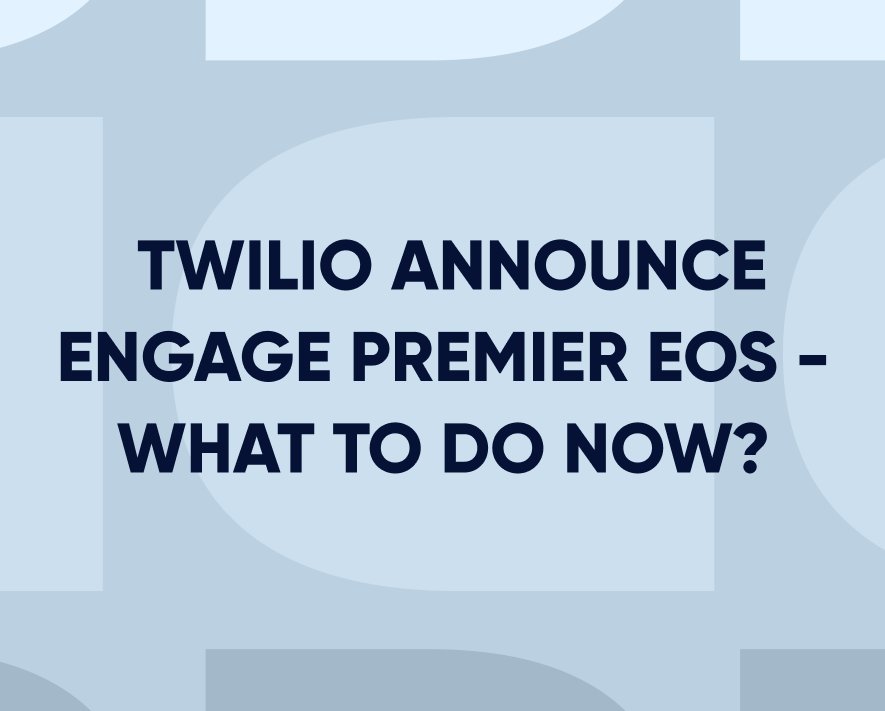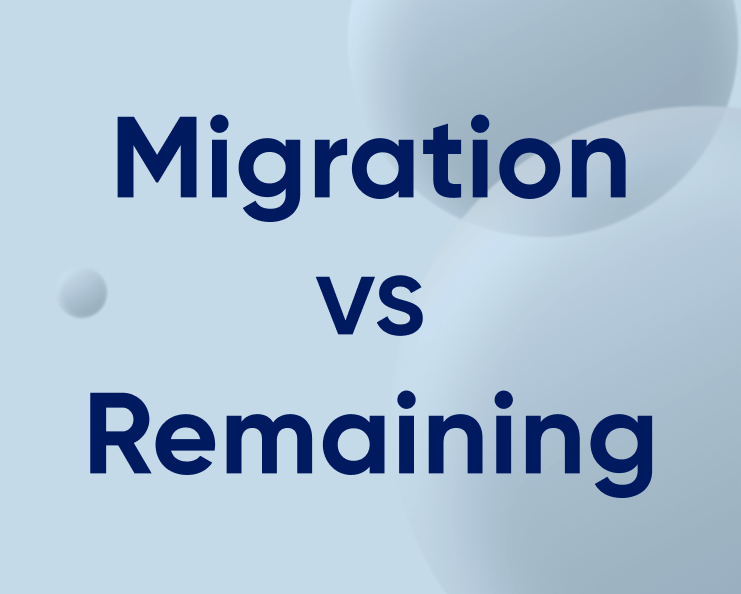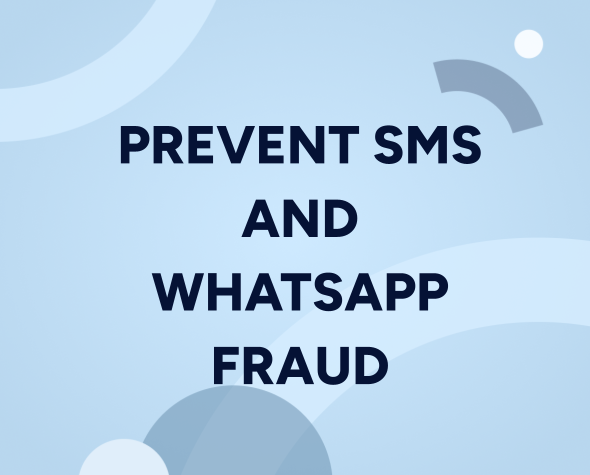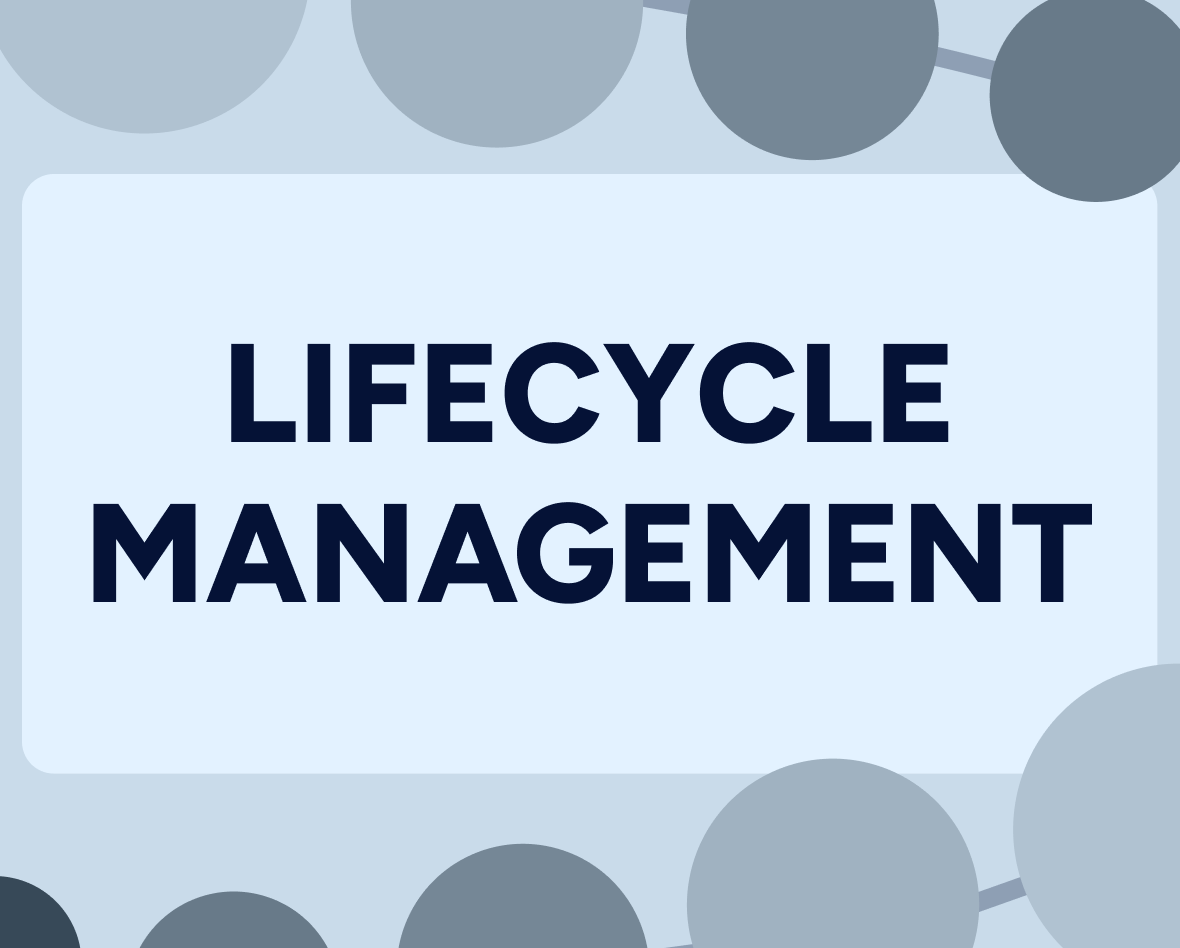Mastering Email Automation for Enhanced Customer Engagement and Streamlined Marketing
Mastering email automation is essential for any marketing strategy aiming to achieve efficiency and drive engagement. As businesses strive to connect with their audience more effectively, email automation stands out as a powerful tool that can deliver timely, relevant messages with minimal manual effort.
Updated on 2 Oct 2024
In this blog post, we will explore the intricacies of email marketing automation, a pivotal strategy in modern marketing that, when executed effectively, can transform your engagement metrics and optimize your marketing workflows. Drawing on over a decade of industry expertise, we will dissect the fundamental mechanics of email automation, uncover its key benefits, and outline best practices to ensure you leverage this tool to its full potential.
We’ll begin by unpacking the core principles behind email automation, providing a clear understanding of how it functions and integrates with your existing systems. From setting up automated workflows to segmenting your audience for maximum impact, you’ll gain insights into the technical aspects that underpin successful automation.
Next, we’ll cover the tangible benefits that email automation offers. You’ll learn how automation not only saves time and reduces manual effort but also drives more personalized communication, leading to higher engagement rates and better overall customer experiences.
Finally, we’ll cover best practices that can elevate your email automation strategy. This includes crafting compelling automated emails, optimizing your timing and frequency, and using data-driven insights to refine your approach. Let’s get started.
The Essential Role of Email Automation in Modern Marketing: How AI is Driving Efficiency and Engagement
Email automation has solidified its role as a cornerstone in contemporary marketing strategies. It enables businesses to deliver timely, relevant messages with remarkable efficiency and minimal manual input.
By automating routine email tasks, companies can enhance customer engagement, streamline their operations, and achieve superior results from their marketing efforts. With advancements in artificial intelligence, email marketing automation has evolved to become increasingly efficient and conversion-focused, ensuring that the right message reaches the right audience at precisely the right moment.
What is Email Automation?
Email automation involves the creation of automated email journeys that trigger messages based on user actions or specific attributes and events. This automation is not confined to email alone; integrating a cross-channel strategy—incorporating SMS, WhatsApp, and other platforms—can amplify your reach and improve conversion rates. The essence of email automation lies in its ability to respond to user behavior dynamically, making your communication both relevant and timely.
How to Automate Email Marketing
The journey to effective email marketing automation starts with selecting the right tools and platforms tailored to your business needs. Opt for email automation software that includes a Customer Data Platform (CDP) or one that integrates seamlessly with your existing CRM or CDP. This integration ensures that all customer data is current and accessible, providing a solid foundation for your automated campaigns.
Begin by segmenting your audience based on various criteria such as behavior, preferences, demographics, and purchase history. With your audience segmented, you can then craft personalized emails featuring dynamic content and set up automated triggers. For instance, you might send a special discount email on a customer’s birthday or a follow-up message after a purchase. These tailored approaches not only build a stronger connection with your audience but also drive higher engagement and conversion rates, which is exactly why you need intuitive email automation software.
What are the Benefits of Using Email Automation?
Email automation offers a wealth of advantages. It significantly boosts efficiency by automating repetitive tasks, thereby saving time and allowing your team to focus on strategic initiatives.
Automated emails also enhance customer engagement through targeted, relevant messaging that resonates with recipients. Furthermore, automation leads to higher conversion rates as customers receive timely and actionable information throughout their journey with your brand.
What is the Best Email Automation Platform?
When it comes to selecting a premier email marketing platform, Insider stands out. Insider’s platform delivers a comprehensive suite of email automation tools designed to facilitate seamless and effective email automation. It boasts features such as advanced segmentation, real-time personalization, and robust analytics, empowering businesses to create highly targeted and impactful email campaigns.
Key features of Insider’s email automation tools and marketing software include:
- Open-Time Personalization: Create personalized emails with dynamic content that adjusts within the recipient’s inbox based on their preferences.
- Send Time Optimization: Automatically schedule emails to be sent at the optimal time for maximum engagement.
- Content and Image Generation: Utilize generative AI to craft compelling subject lines, engaging email content, and campaign images.
- AI-Powered Journey Orchestration: Automate your entire journey using prompts, with Insider selecting the best channels and timing through generative AI.
- A/B/n Testing: Optimize your campaigns by automatically testing different variations and sending the most effective version.
- Drag-and-Drop Editor: Leverage Insider’s user-friendly editor and 100+ pre-built templates for effortless email creation.
- AMP Emails: Design interactive, web-like experiences with features such as carousels and accordions without requiring redirects.
- Personalized Recommendations: Suggest products based on user preferences, purchase history, and predictive behavior.
- Segmentation: Utilize over 120 rules and attributes to precisely target users, including predictive segments for top performers.
- Deliverability: Ensure your emails reach the inbox with features like spam testing and automated IP warm-up.
- Reporting: Access advanced reports to analyze subscriber health, email performance, and deliverability insights.
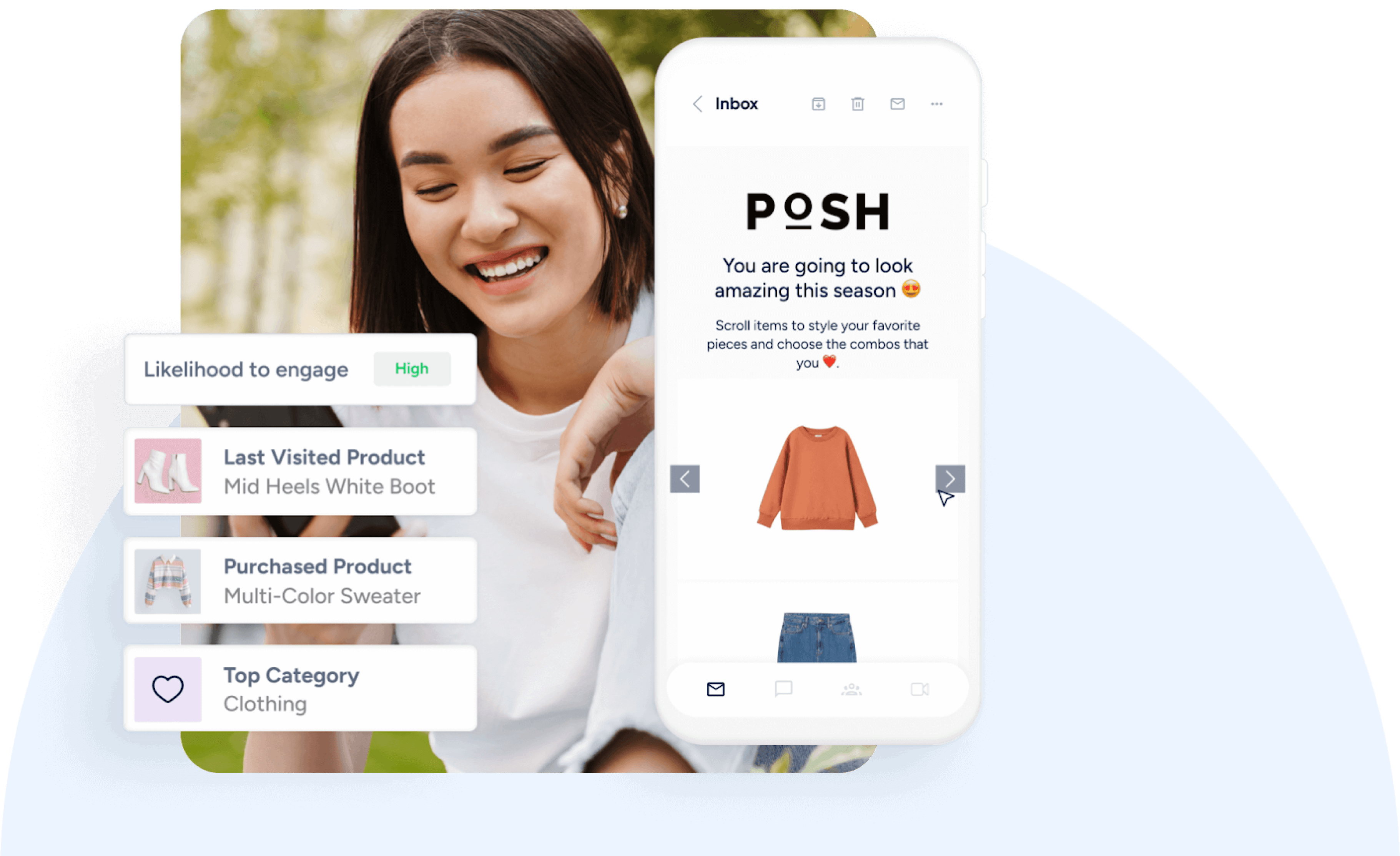
Craft impactful emails unique to every customer with Insider
Additionally, Insider supports a seamless omnichannel approach, allowing brands to unify customer experiences across 12+ channels, including Web, SMS, WhatsApp, and more, all from a single platform. This comprehensive approach not only boosts customer engagement but also drives significant returns on investment, as evidenced by the impressive success stories from renowned brands like Slazenger and international retailers who have achieved up to 49X ROI and a 700% increase in customer acquisition.
How to Measure the Effectiveness of Email Automation
Measuring the success of your email automation efforts involves tracking several key performance metrics. Start with open rates to gauge how many recipients are engaging with your emails.
Next, monitor click-through rates to assess how well your content resonates and drives action. Conversion rates are crucial for understanding how many recipients complete desired actions, such as making a purchase or subscribing to a service. Implementing A/B testing can also refine your strategy by comparing the effectiveness of different email variations.
Common Email Automation Mistakes to Avoid
Despite its benefits, email automation can present challenges if not managed carefully. Avoid the following common pitfalls:
- Over-Automation: Excessive automated emails can overwhelm recipients, leading to unsubscribes.
- Neglecting Personalization: Generic emails can feel impersonal and fail to engage your audience effectively.
- Not Regularly Updating Email Lists: Outdated lists can lead to deliverability issues and reduced engagement.
- Lack of a Preference Center: Failing to provide a way for users to manage their preferences can result in frustration and unsubscribes.
- Spamming Users: Avoid sending irrelevant or too frequent messages to prevent users from marking your emails as spam.
- Ignoring Unengaged Users: Continually sending emails to inactive users can harm your sender reputation and impact deliverability.
By steering clear of these mistakes and focusing on strategic, data-driven approaches, you can harness the full power of email automation to enhance your marketing effectiveness and foster stronger customer relationships.
Ready to find out more?
If you’d like to learn more about how Insider can level up your business, book a demo with us today. We’d love to show you how we do things around here.
Frequently Asked Questions
What types of emails can be automated?
Email automation can streamline a variety of communication types, enhancing both efficiency and effectiveness. For example, welcome emails are automatically sent to new subscribers or customers, introducing them to your brand and setting expectations for future interactions. Transactional emails are triggered by specific actions, such as purchase confirmations, shipping updates, or account modifications, ensuring that customers receive important information promptly. Abandoned cart reminders are another critical type of automated email, targeting potential customers who have left items in their cart without completing their purchase.
Additionally, re-engagement emails can be automated to reach out to inactive subscribers or customers, aiming to rekindle their interest in your brand. Drip campaigns, which involve sending a series of emails over time to nurture leads, can also be effectively managed through automation. Each of these automated emails helps maintain timely and relevant communication with your audience.
How can email automation improve customer engagement?
Email automation enhances customer engagement by ensuring that messages are both timely and tailored to individual needs. Automation enables personalization, allowing you to craft emails based on user behavior, preferences, and demographic information, which makes the content more relevant and engaging. The ability to send messages at the right time—such as a follow-up email after a purchase or a birthday discount—ensures that your communications are not only timely but also contextually appropriate.
Consistency is another key benefit, as automation helps maintain a regular presence in your customers’ inboxes, fostering ongoing relationships. Additionally, by leveraging precise audience segmentation, automation allows you to target specific groups with messages that are carefully tailored to their interests and needs, thereby increasing the effectiveness of your communication and enhancing overall engagement.
How does email automation integrate with CRM systems?
Integration between email automation platforms and CRM systems is crucial for maximizing the effectiveness of your email campaigns. These integrations synchronize customer data between the CRM and the email automation platform, ensuring that your campaigns are based on the most current and accurate information. This synchronization supports personalization by allowing you to craft email content that reflects individual customer profiles, including their preferences, purchase history, and behavior.
Trigger-based actions are also facilitated by this integration, meaning that emails can be automatically sent in response to specific CRM data points, such as changes in customer status or recent actions.
Furthermore, integrated systems provide comprehensive analytics and reporting, offering insights into customer interactions and campaign performance. This holistic view helps refine your email strategies, optimize campaigns, and ultimately enhance the impact of your email marketing efforts.
How can you measure the effectiveness of email automation?
Measuring the effectiveness of email automation involves tracking several key performance metrics. Open rates indicate how many recipients are engaging with your emails by showing the percentage who open them. This metric helps assess the effectiveness of your subject lines and timing. Click-through rates (CTR) measure the percentage of recipients who click on links within your emails, providing insight into how well your content and calls-to-action resonate with your audience.
Conversion rates reveal the percentage of recipients who complete a desired action, such as making a purchase or signing up for a service, highlighting the overall success of your campaigns in driving specific outcomes.
Additionally, calculating the return on investment (ROI) by comparing the revenue generated from your email campaigns to the cost of running them offers a clear picture of their financial impact. By regularly analyzing these metrics, you can refine your email automation strategies, optimize campaign performance, and achieve better results.

